Laser Cut Prepreg
Prepreg is a composite material made from a reinforcing fiber that’s been pre-coated with a partially cured resin system. Developed in the 1970s and 1980s, It was invented to ensure a uniform and controlled ratio of resin to fiber, maximizing the material’s strength-to-weight properties. Prepreg would become a material used in numerous applications and industries. Manufacturing with prepreg material for use in electronics, sports equipment, motorsports and aerospace are some of the industries that benefit from this composite material. Using laser cutting technology will definitely be a plus when prepreg requires precise profiles in support of high-end applications. For further insight into Prepreg and the laser cutting industry, the following Q&A have been provided.
Manufacturing Comparison
How Does Laser Cutting Compare to Die-cutting, Waterjet, or CNC Machining of Prepreg?
Comparing laser cutting, die-cutting, waterjet, and CNC machining for prepreg shows that each method has distinct advantages and disadvantages, primarily related to precision, speed, cost, and material integrity. The best choice depends on the specific component’s requirements and production volume.
- Laser Cutting: For Prepreg material using UV laser cutting is a great method. It’s a non-contact process that can produce highly intricate profiles and features. However, because it’s a thermal process, it creates a heat-affected zone (HAZ). This excess heat can prematurely cure the resin and potentially compromise the material’s strength so controlling laser parameters is key. Laser cutting can help nest parts to save material and are used to cut prepreg for electronic assemblies, called laser depaneling. Other methods cannot support the industry in this way.
- Die-Cutting: This method uses a custom-made steel die to stamp out a shape, like a cookie cutter. It’s incredibly fast and cost-effective for high-volume production of simple shapes. The initial cost of creating the die is high, and it’s inflexible for design changes so prototyping is not recommended. It can also cause a crushing or fraying effect on the material’s edge and is not suitable for complex or thick parts.
- Waterjet Cutting: This method uses a high-pressure stream of water with an abrasive material (like garnet) and is a “cold cutting” process that does not generate heat, eliminating the risk of an HAZ. It is best applied to cutting thick materials that result in very precise cuts with smooth edges. Waterjet is slower than laser cutting, and the water can saturate the prepreg, requiring a drying step before the part is cured.
- CNC Machining: For prepreg, a CNC knife cutter would be the system best suited under the CNC group. This method is highly precise and versatile, able to cut a variety of shapes without the need for custom dies. It’s a non-thermal process and is excellent for optimizing material usage through software that nests parts on a single sheet. It has the ability to produce complex, high-quality parts with no thermal damage.
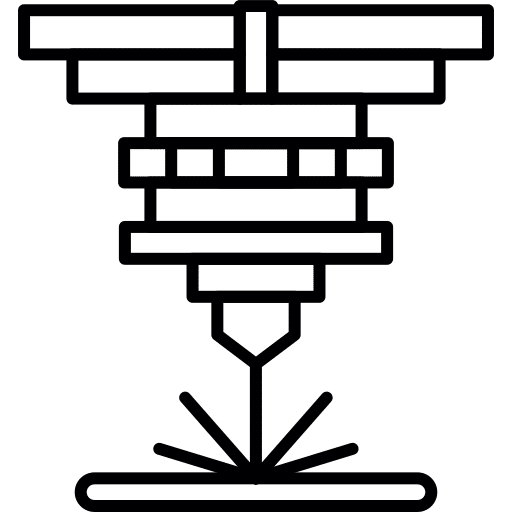

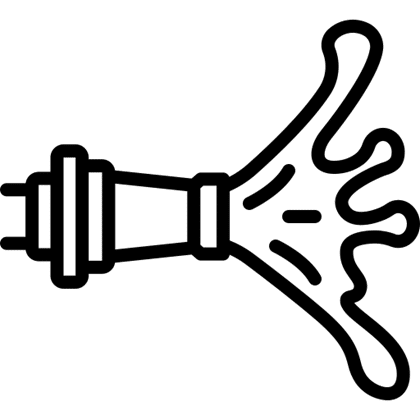
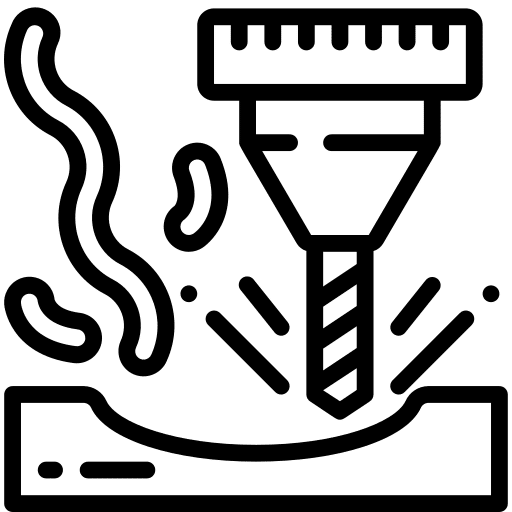
Credibility of Tolerance
What Are the Tightest Tolerances Your Laser Cutting Process Can Maintain When Cutting Prepreg?
At A- Laser the ability to maintain tight tolerances when cutting prepreg depends on several factors, including the laser’s type and power, the material’s thickness, and the potential of a heat-affected zone (HAZ). For thin prepreg, a UV laser can achieve a standard tolerance of +/- 2mils, while on some projects a tolerance of +/- 1mil can be held. Thicker prepreg generally has wider tolerances because the laser requires more energy to cut through, which increases the size of the HAZ and can lead to more distortion.
Edge Quality Factors
How Do Material Characteristics Like Reflectivity, Softness, or Thermal Conductivity Affect Edge Quality and Tolerance Control in Prepreg?
Materials all have different characteristics that make them unique and potentially challenging for manufacturers. This is true for laser cutting methods, and it is important to be aware of before any project is started.
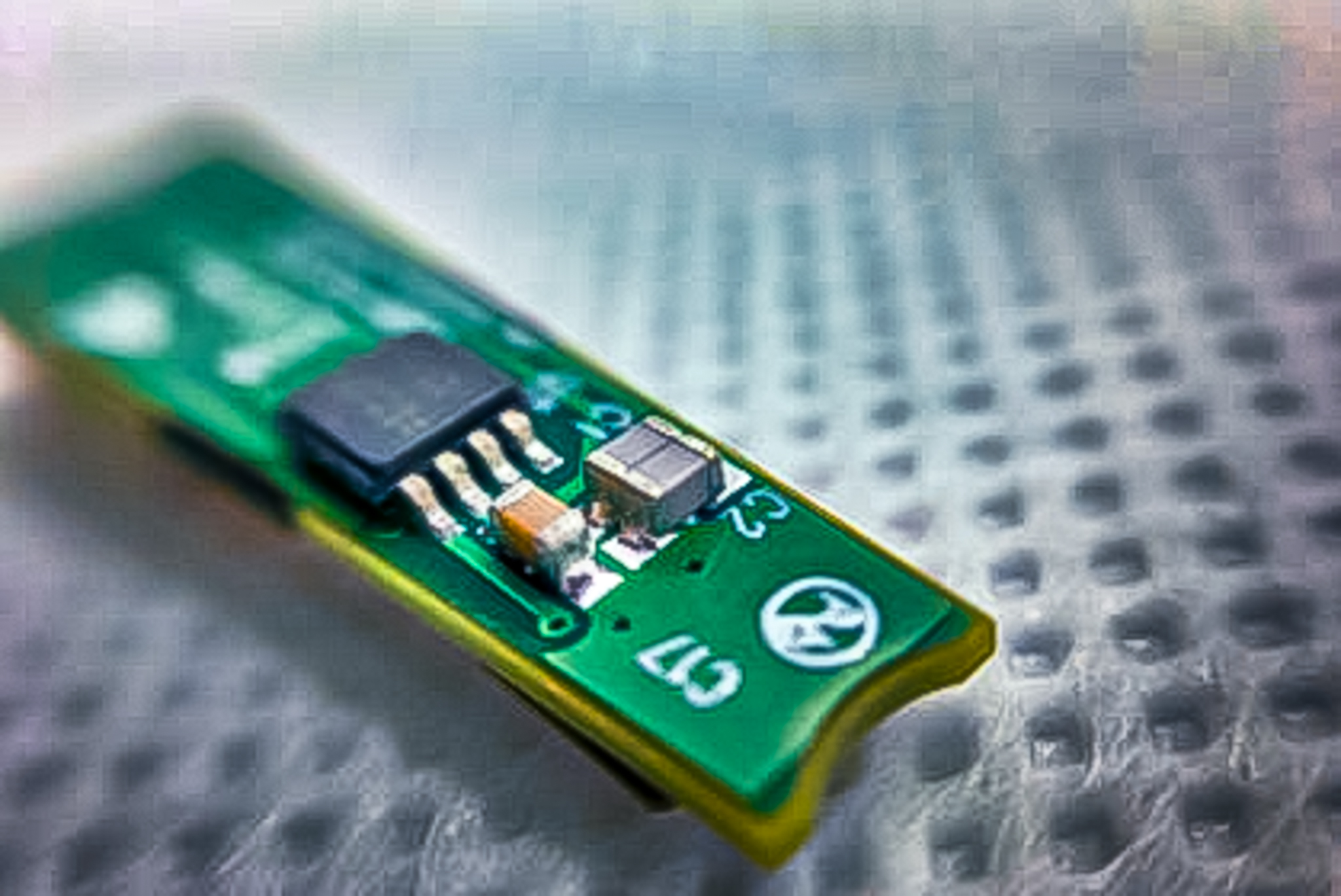
- Reflectivity: A highly reflective material, such as gold or copper prepreg, poses a challenge for laser cutting. The laser’s energy reflects off the surface instead of being absorbed, reducing cutting efficiency. This often requires increasing the laser’s power, which can lead to a wider cut (kerf), a larger heat-affected zone (HAZ), and rougher edges, all of which compromise tolerance control.
- Softness: Prepreg is soft and pliable before curing. Cutting so If the material is too soft, it can stretch, tear, or distort during the cut, leading to jagged edges and inconsistent part dimensions.
- Thermal Conductivity: This property dictates how quickly heat is dispersed through the material. A low thermal conductivity means the heat from the laser stays concentrated at the cut point, creating a larger HAZ. A high thermal conductivity, as seen in prepreg with metal layers, quickly dissipates the heat away from the cutting zone, which can prevent a large HAZ but may require a more powerful laser or slower cutting speeds to achieve a clean and complete cut.
| Characteristic | Effect on Laser Cutting | Effect on Die/CNC Knife Cutting |
|---|---|---|
| Reflectivity | Reduces efficiency; can cause rougher edges and wider kerf. | No effect; this is a thermal property. |
| Softness | No effect; this is a mechanical property. | Can cause stretching or tearing, leading to poor edge quality and lower tolerance. |
| Thermal Conductivity | Affects the size of the heat-affected zone (HAZ) and the required laser power. | No effect; this is a thermal property. |
For prepreg, it comes in many forms and not every characteristic will be prominent during the cutting process. To ensure quality levels are maintained a F.A. (First Article), checks of the condition of the prepreg will be inspected and parameter adjustments made in order to meet the requirements.
Controlling The Process
What Edge Quality Can Be Expected When Laser Cutting Prepreg? Are Burrs or Heat-Affected Zones (HAZ) Present?
Although laser cutting is precise and a non-contact method, it is a thermal process that can affect edge quality. This means for materials like prepreg or FR4, there will be some discoloration of the cut edge. For most cases this is not a concern, but excessive carbon residue can be. This mean that the cut edge must be cleaned post laser processing or the laser parameters, (power, laser passes, laser frequency, and speed, to name a few), must be adjusted. There typically there will be no burrs cutting prepreg.
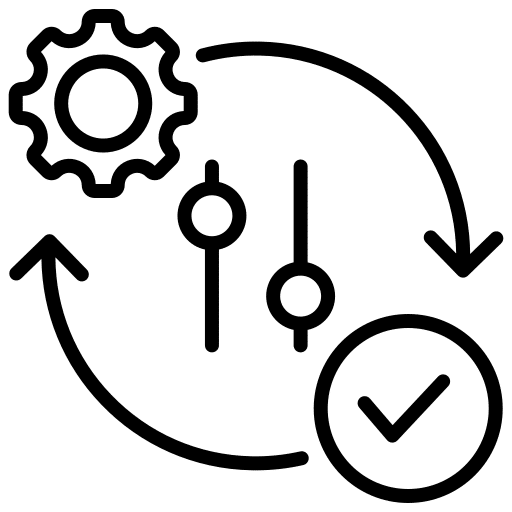
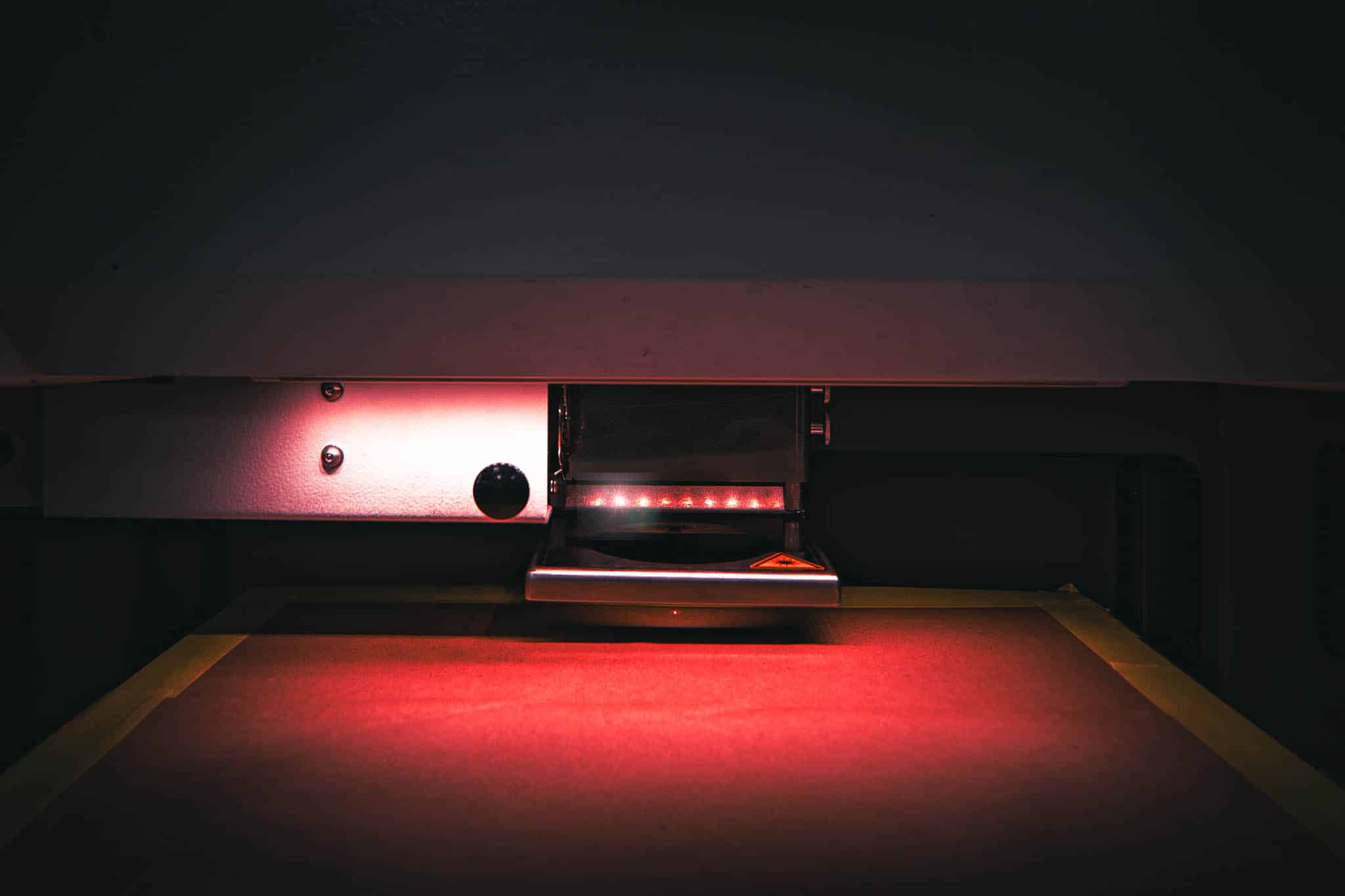
A Multi-Faceted Approach to Superior Output
What Are the Benefits of Laser Cutting Prepreg?
Many prepreg projects processed by laser cutting machines will be from the electronic assembly industry. This is to support cutting challenging profiles and small features that mechanical cutting cannot do. Laser cutting will offer tight tolerances and the ability to support small R&D lots but have the capability to ramp up for production runs. With no tooling costs added, this is favorable for prototypes. Laser cutting does not add stress to the material so laminates and composites are kept intact. HAZ is a result of the thermal process of laser technology therefore adjustments are made to each project to create the best possible quality and cut edge.

Key Takeaways
Laser cutting prepreg is a great choice for industries that prioritize speed and precision for intricate designs. Its non-contact nature prevents tool wear and eliminates burrs, ensuring a clean edge without physical damage. However, the process’s main challenge is the heat-affected zone (HAZ), where the laser’s thermal energy can prematurely cure the resin, weakening the final product. While this makes other methods like waterjet or CNC knife cutting more suitable for high-strength aerospace or defense applications where structural integrity is paramount, laser cutting remains a valuable and efficient solution for sectors like electronics where precision and a quick turnaround are key and the HAZ can be effectively managed.
